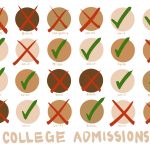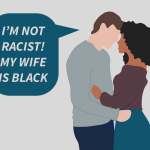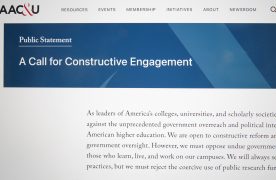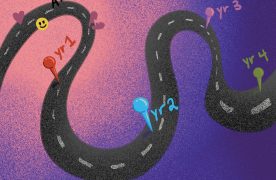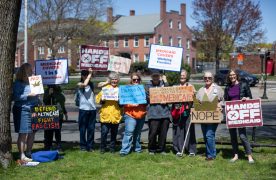Asian American and Pacific Islander Heritage Month is just around the corner.
Each May celebrates the AAPI community — a term which encompasses people from the entire Asian continent as well as the Pacific Islands of Melanesia, Micronesia, and Polynesia — in the United States.
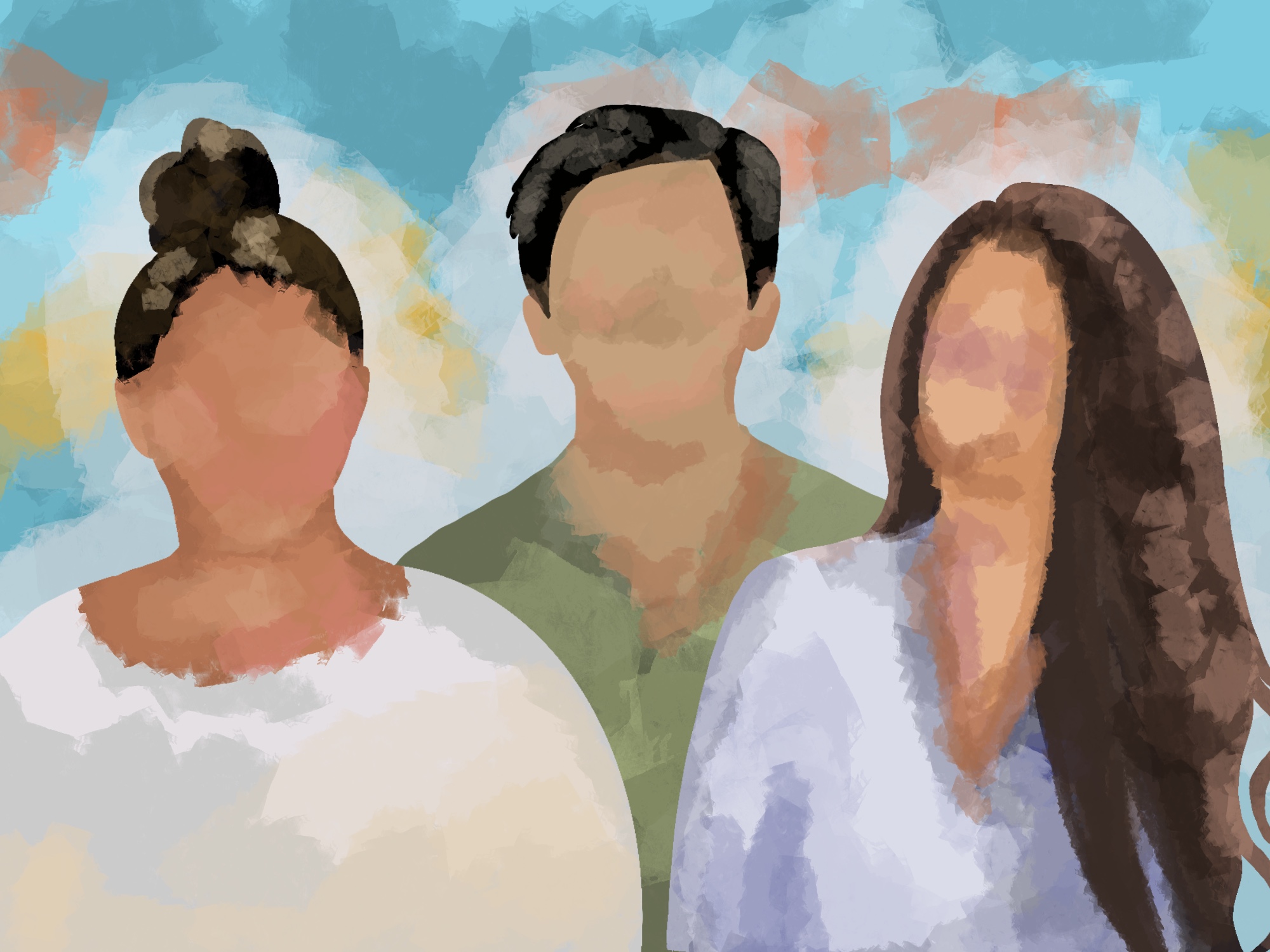
The origins of AAPI Heritage Month date back to June 1977, when New York Rep. Frank Horton introduced House Joint Resolution 540. The bill, which was signed into law by President Jimmy Carter in 1978, declared starting May 1979, a week in May will be designated “Pacific/Asian American Heritage Week.”
The week was recognized until 1990, when Congress expanded the celebration to a full month. In 1992, May was officially designated as AAPI Heritage Month under Public Law 102-450.
The month of May holds significance for the AAPI community, as it marks two key historical milestones. The first Japanese immigrants arrived in the U.S. on May 7, 1843 and the transcontinental railroad was completed on May 10, 1869, with the majority of workers who laid the tracks being Chinese immigrants.
In the last twenty years, Asian Americans have emerged as one of the most rapidly expanding racial and ethnic groups in the U.S. From 2010 to 2020,the population grew by 39%, with estimates suggesting it will exceed 35 million by 2060.
However, AAPI diasporas are extremely large and ethnicities are often difficult to measure — centuries of migration and cultural complexity can’t be wrapped up in a tidy acronym.
The AAPI community encompasses hundreds of distinct ethnic groups that cannot be grouped together under a singular monolithic label. Asia alone contains more than 40 countries, while the Pacific Islands contain 14.
Despite this diversity, the panethnic label is often reinforced by the persistence of the model minority myth. AAPI communities face a range of socioeconomic conditions, yet the model minority myth groups them together under the misleading idea that Asian Americans universally excel in both wealth and education.
This myth not only ignores the wide disparities within the community but simultaneously pits them against other groups — like Black Americans — in ways that dismiss the systemic barriers that many minority groups continue to face.
While it is true that Asian Americans overall rank as the highest earning racial and ethnic group, it is also true that they are the most economically divided — the community has the largest wealth gap out of all racial groups.
Around 10% of Asian Amerians live in poverty, but this figure masks significant differences across ethnic subgroups. In 2022, Burmese, Hmong and Mongolian Americans held some of the highest poverty rates ranging from 16% to 19%, while Filipino and Sri Lankan Americans were among the lowest at 7% and 6% respectively.
Nearly six in ten Asian Americans who live in poverty are immigrants, which is likely tied to challenges such as language barriers and difficulties adjusting to a new culture.
The model minority myth also falsely portrays Asians as being healthier than other racial groups, which can lead to serious gaps in research and healthcare. For example, cancer is the leading cause of death for Asian Americans, while for Pacific Islanders, its heart disease.
Yet health risks and disease burden are rarely studied at the subethnic level. By grouping all AAPI communities together in health data to compare with other races, the erasure of intra-racial differences occurs.
As May approaches, it is essential to understand that being AAPI in America carries significant social and political implications. There is power in being seen, and this month offers the opportunity to celebrate how the AAPI community shaped America into what it is today.


